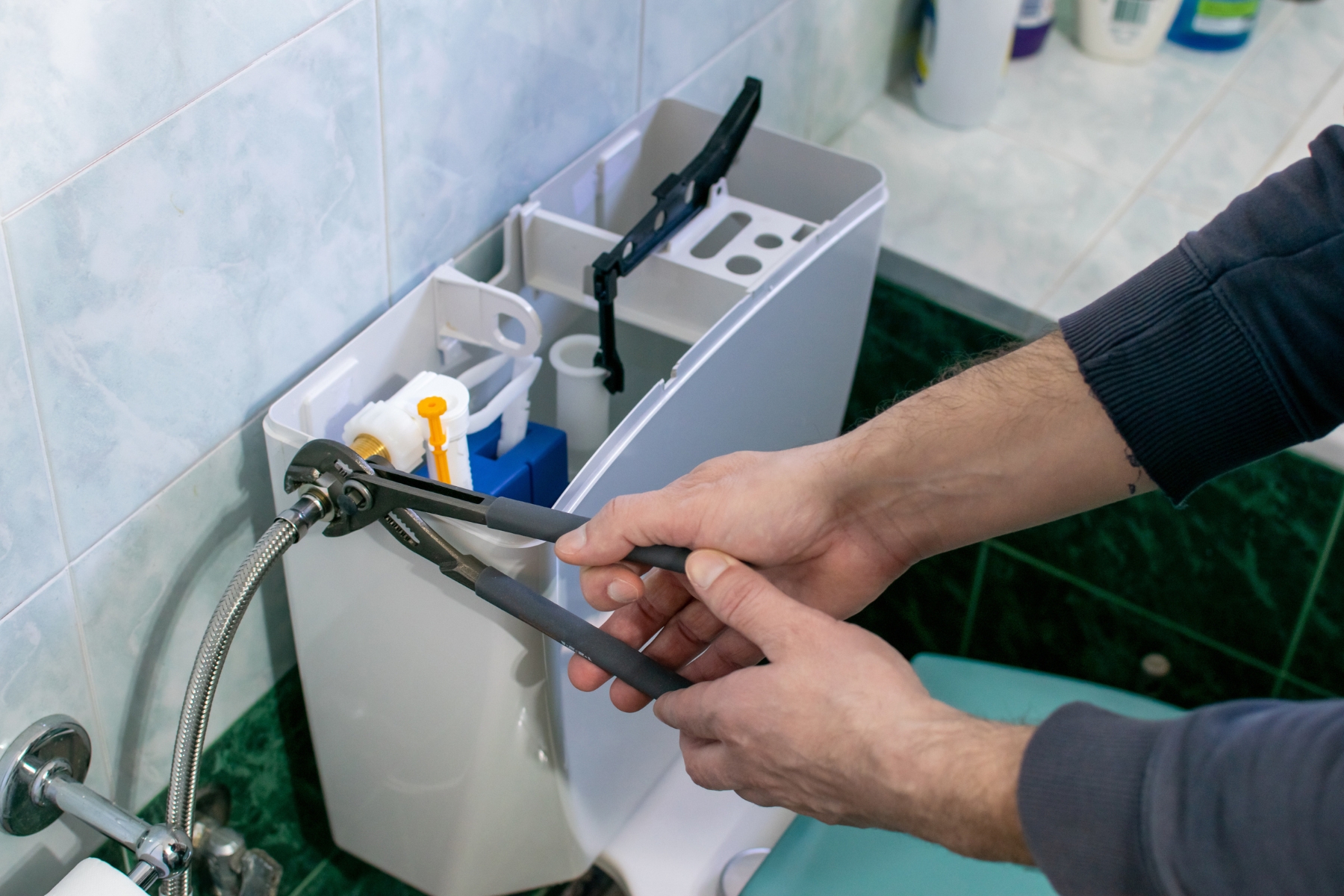

How to Turn Off the Water to Your Toilet
One of the most important aspects of being a responsible homeowner is understanding how to handle your home’s biggest and most vital systems. This includes


One of the most important aspects of being a responsible homeowner is understanding how to handle your home’s biggest and most vital systems. This includes
One of the most important aspects of being a responsible
When shopping for new appliances, you’ll have your choice of
Kitchen garbage disposals have gone from a luxury appliance to
You’ve been plotting out your perfect bathroom renovation or kitchen
*Limit one coupon per household/property. Coupons/discounts cannot be combined with any other offers. Restrictions may apply.
Legacy Plumbing HQ
1101 E Eldorado Pkwy
Little Elm, TX 75068
469-389-4020
Legacy Plumbing Frisco
15222 King Road, STE 1002
Frisco, TX 75034
972-752-6537
8:00 AM to 5:30 PM
Monday – Friday
Legacy Plumbing HQ
1101 E Eldorado Pkwy
Little Elm, TX 75068
(972) 357-1754
Legacy Plumbing Frisco
15222 King Road, STE 1002
Frisco, TX 75034
(972) 449-5879
7:30 AM to 5:30 PM
Monday – Friday
Headquarters
1101 E Eldorado Pkwy
Little Elm, TX 75068
Legacy Plumbing Frisco
15222 King Road, STE 1002
Frisco, TX 75034
7:30 AM to 5:30 PM
Monday – Friday